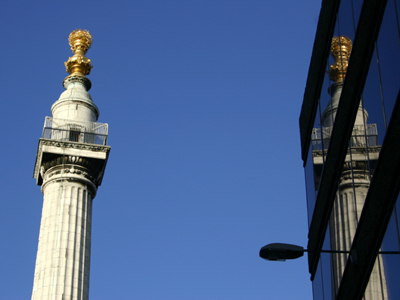
The Great Fire of London
Early one September, following an unusually long, hot and dry summer, a fire broke out in a small property at the heart of the city. Fanned on by a wind from the east, and fuelled by the nearby warehouses full of combustible materials, the fire spread slowly but steadily. It swept through a large part of the city and burnt on for days.
This fire is said to have been the origins of the traditional song ‘London’s Burning’ and its flagrant destruction is seen as one of the most important events in the story of London. The story of the city’s rebuilding shows us the true indomitable spirit of Londoners - a spirit which has been seen again in times of crisis since, such as the destruction the city witnessed during the Blitz.
Ready for more?
not all...
quizzers. Try to win a coveted spot on our Hall of Fame Page.







